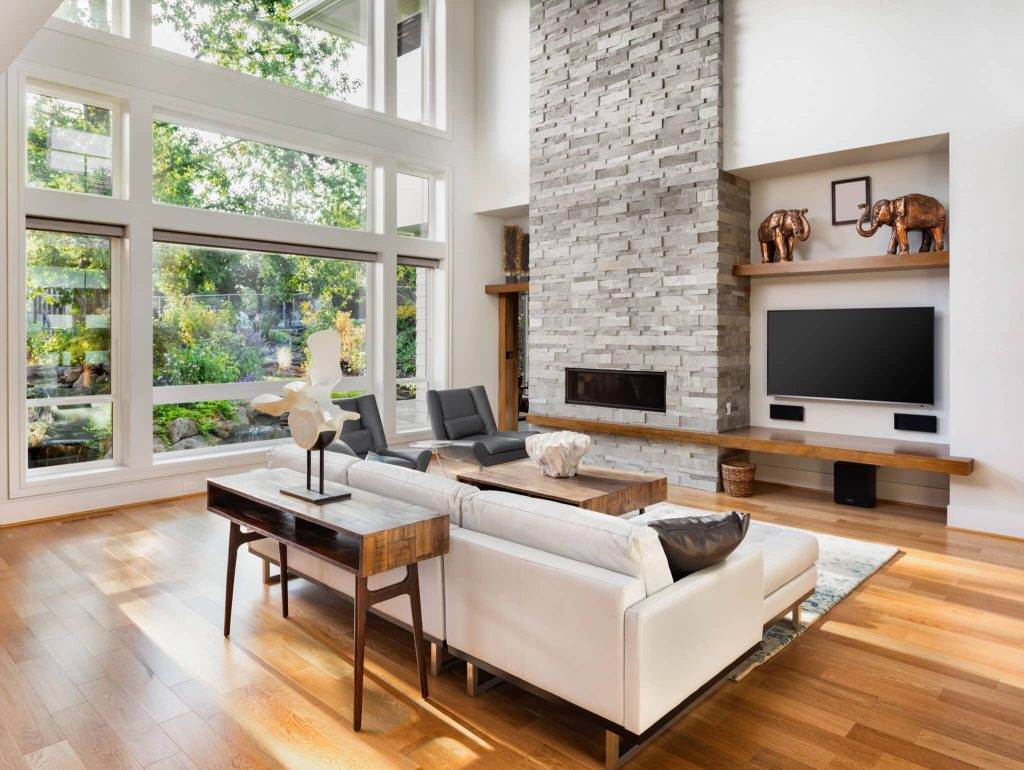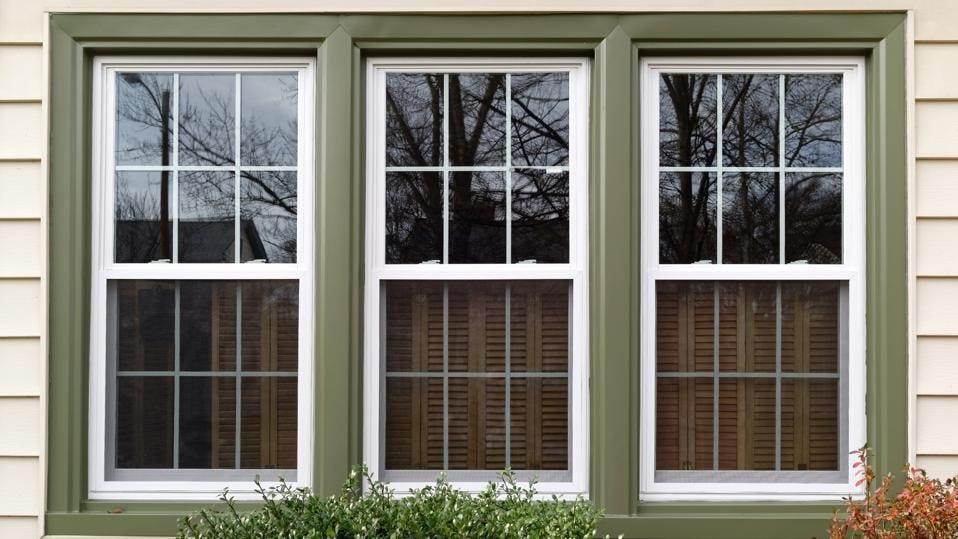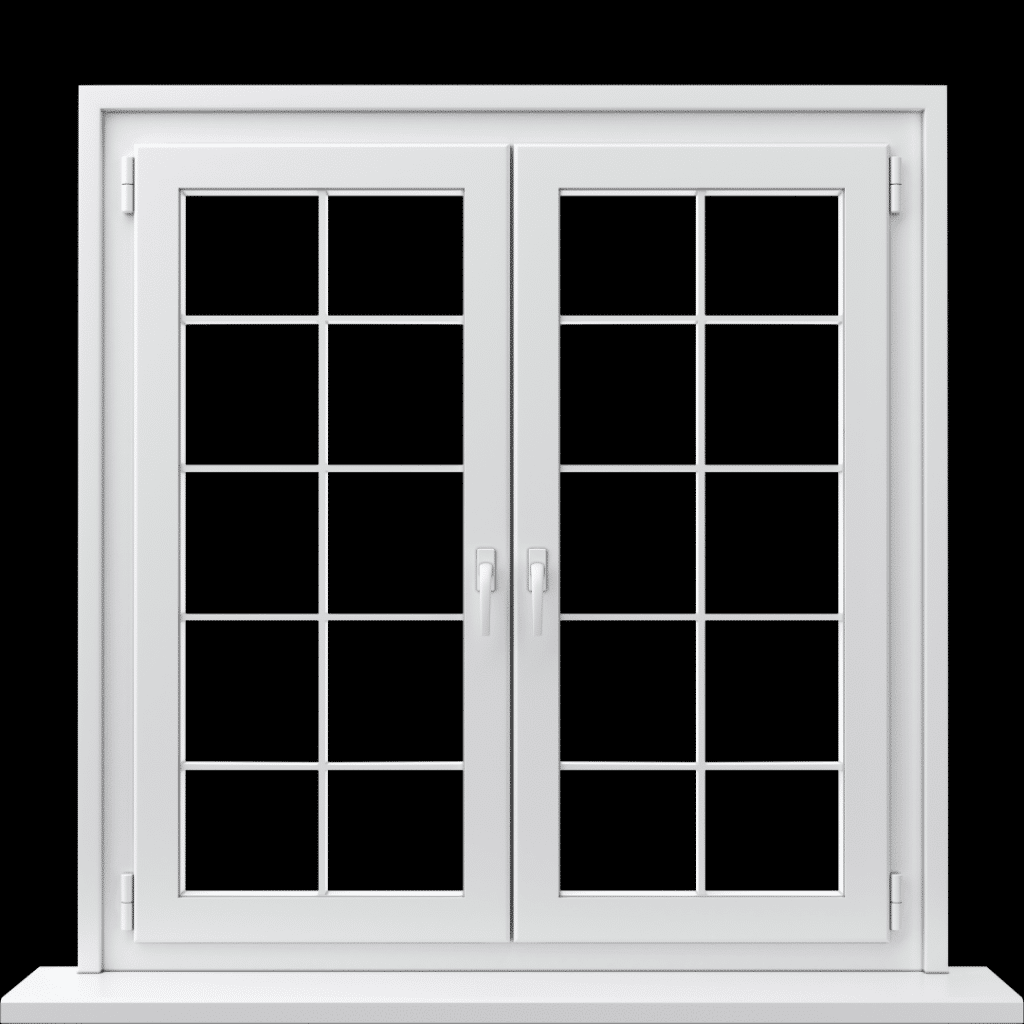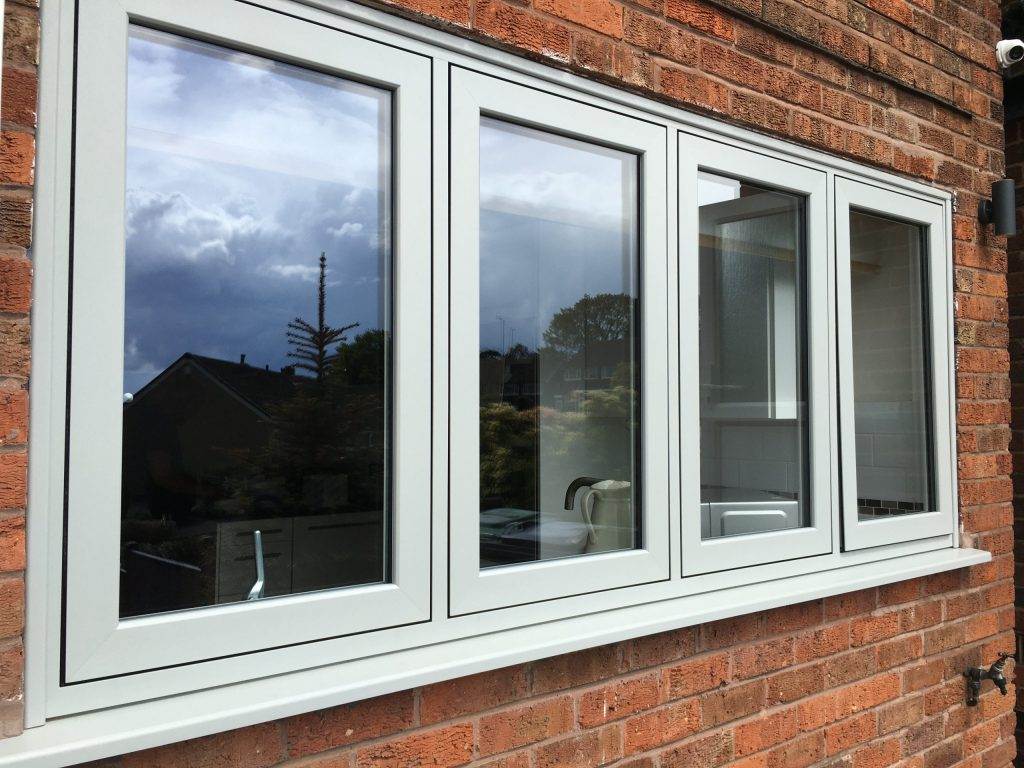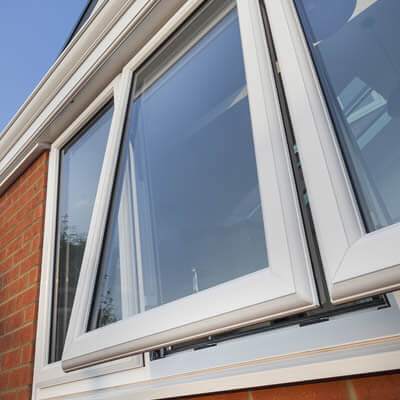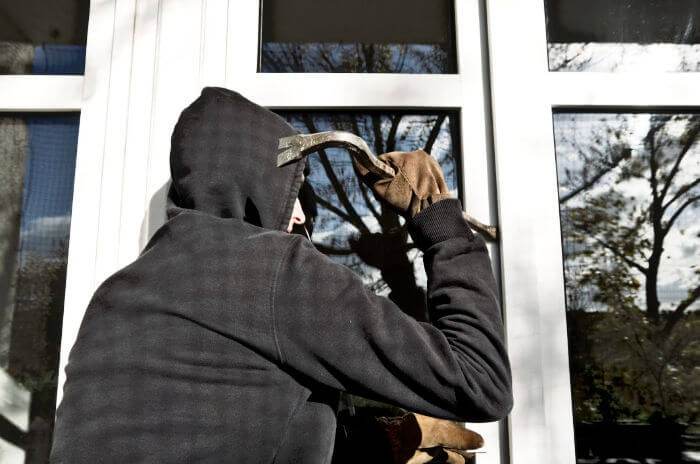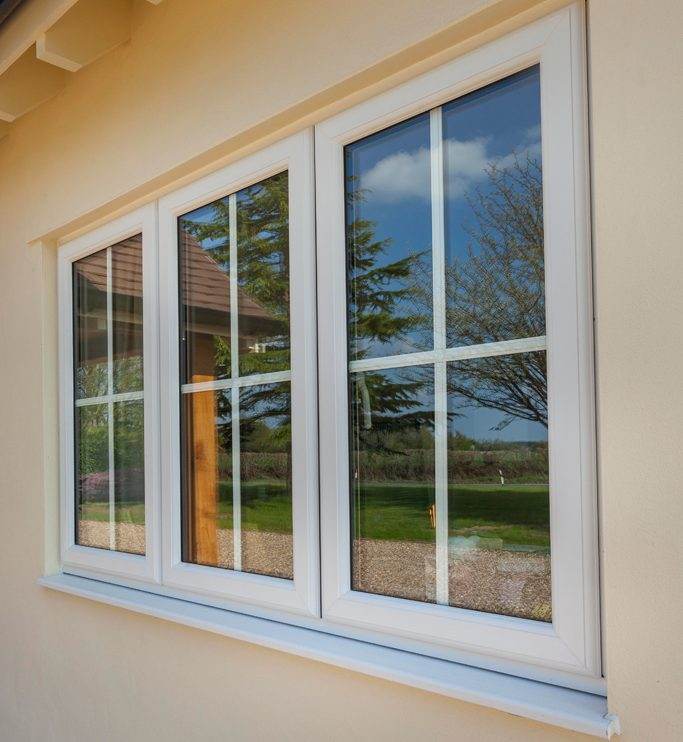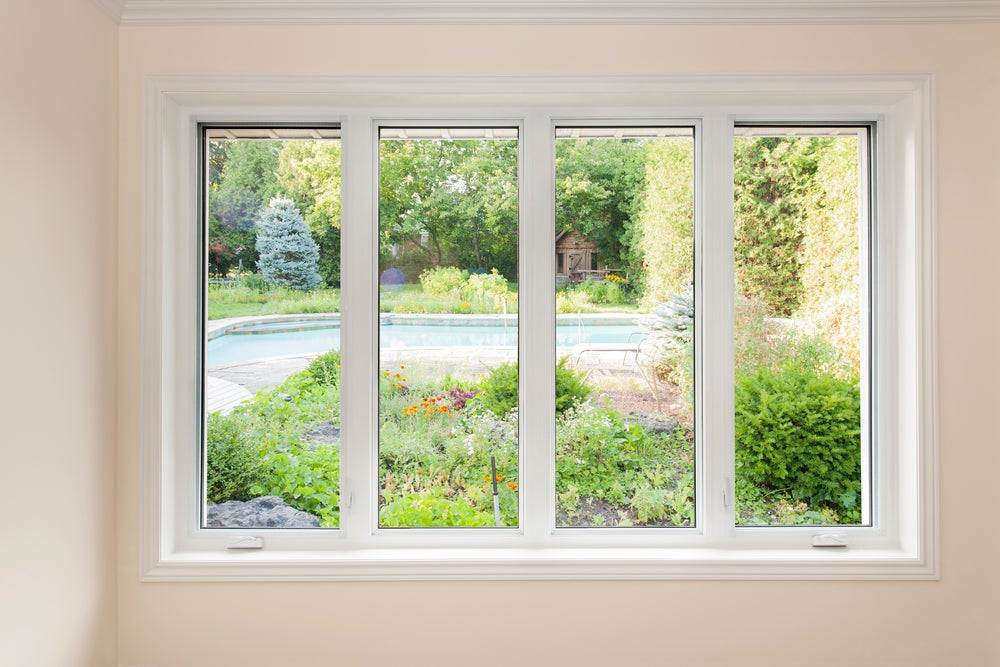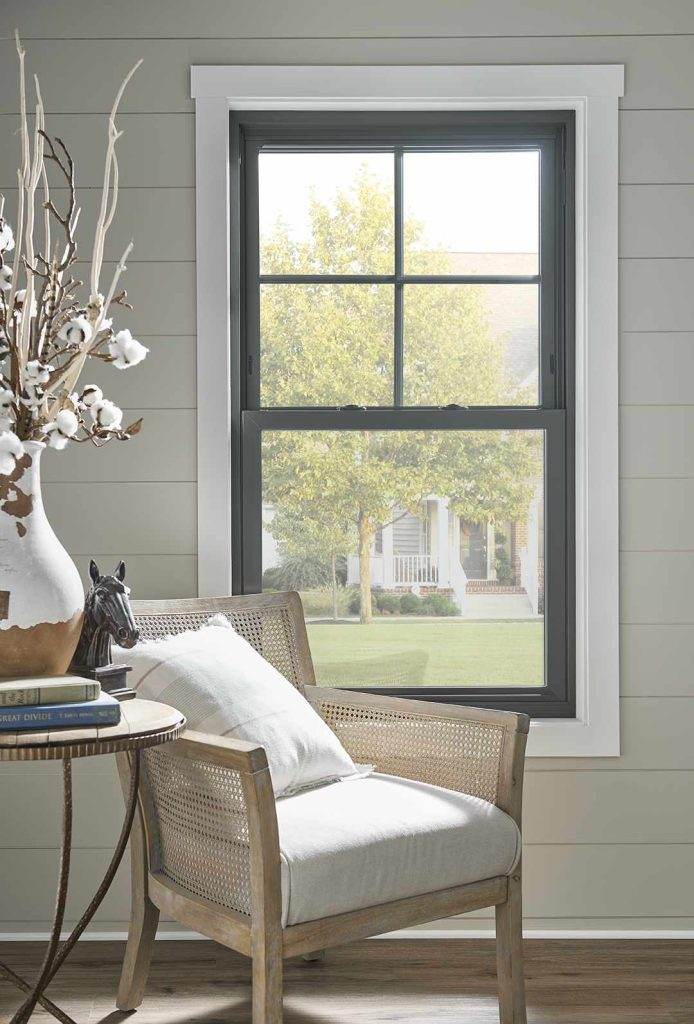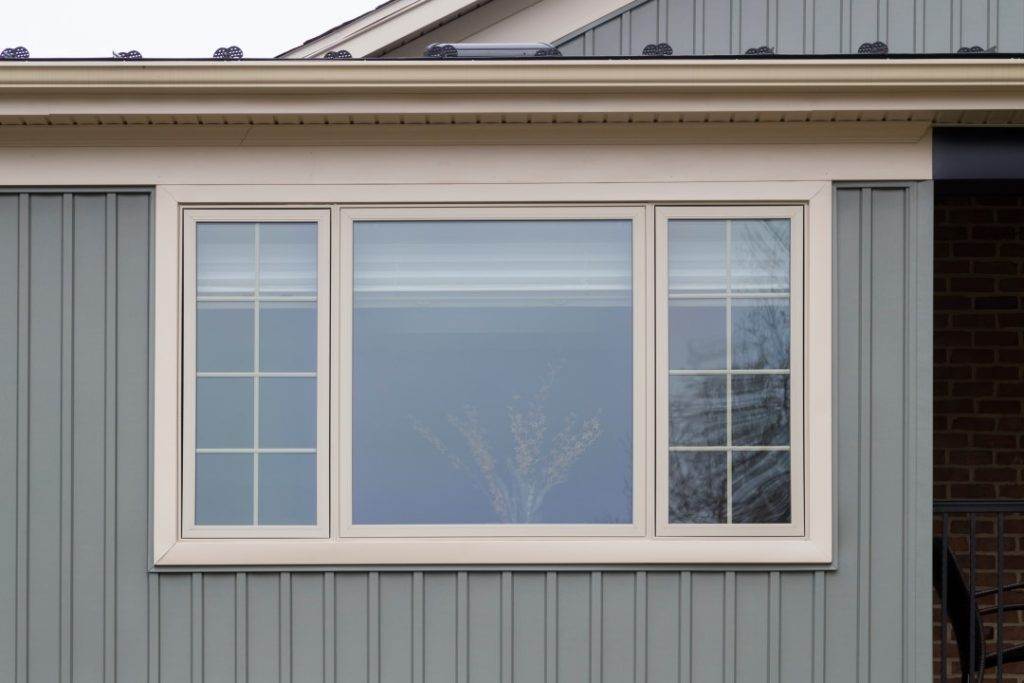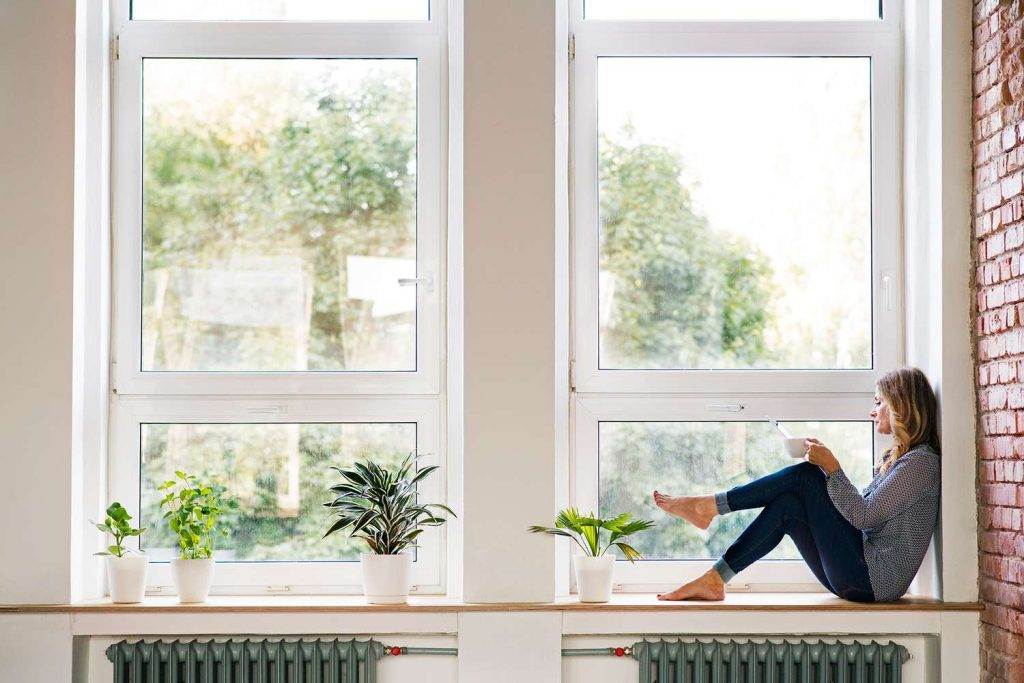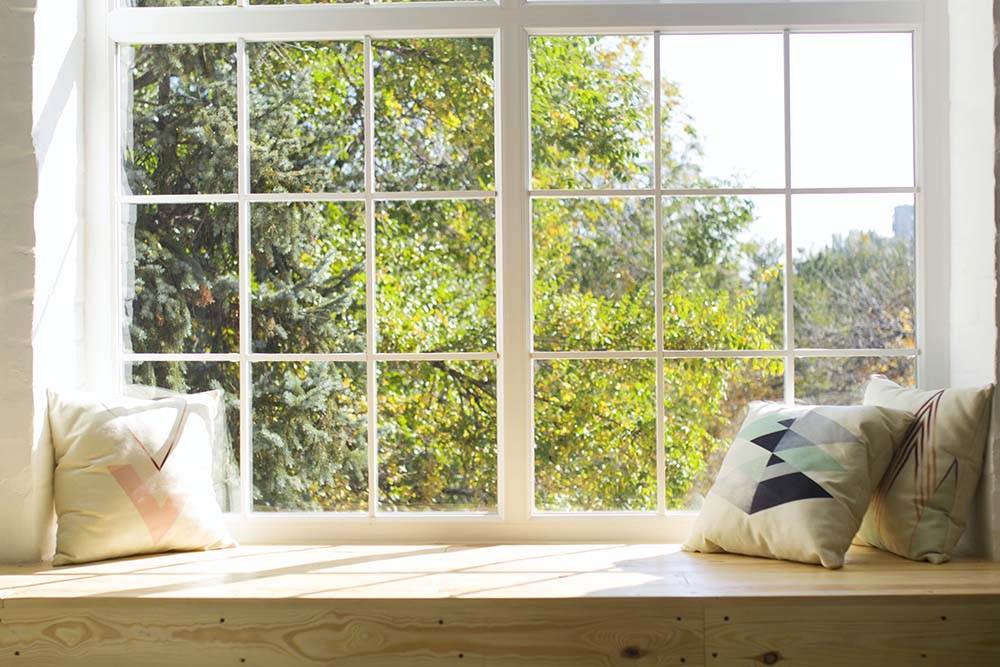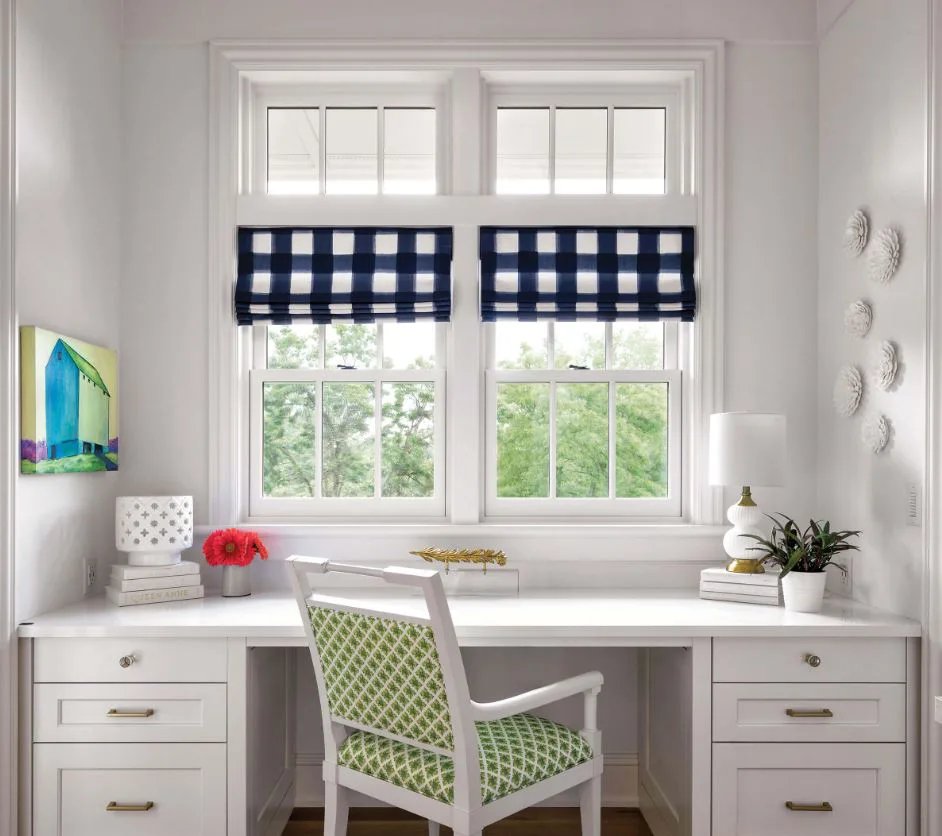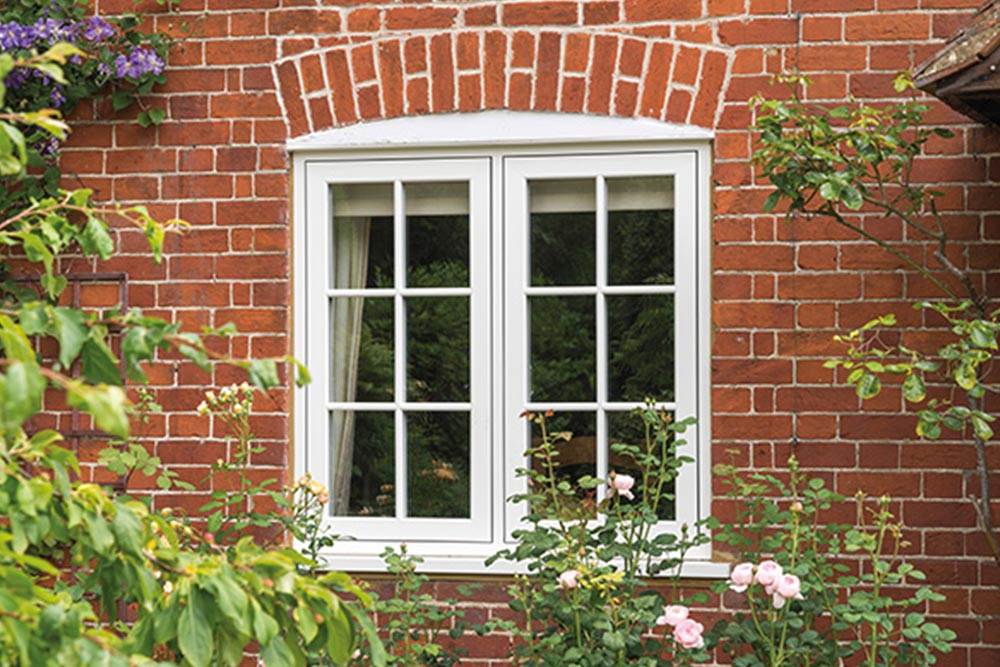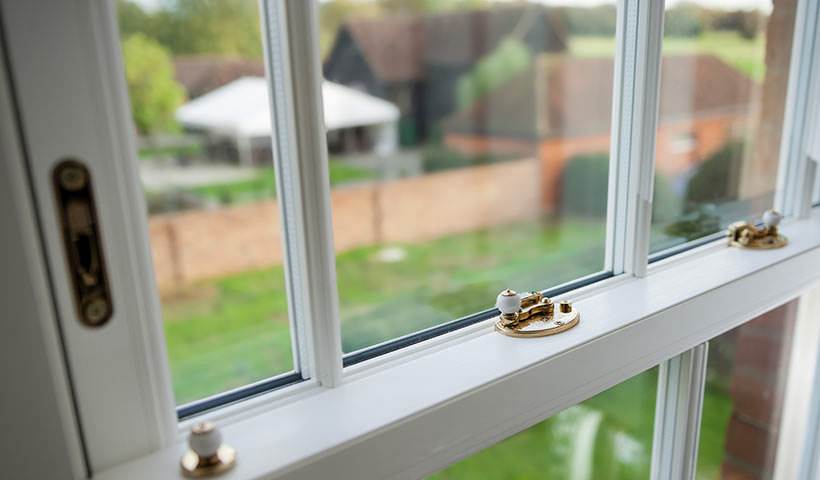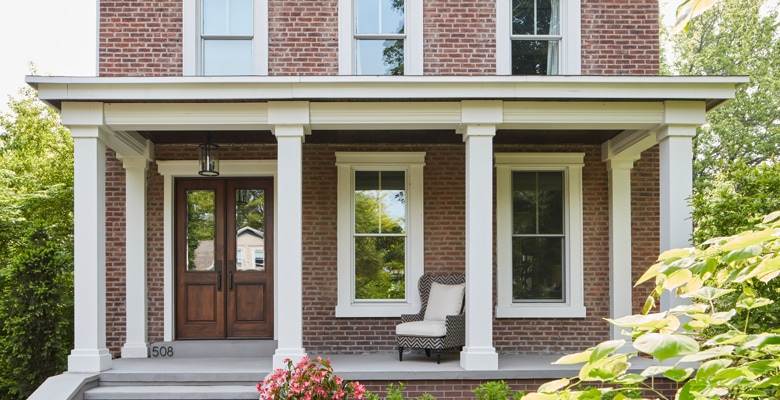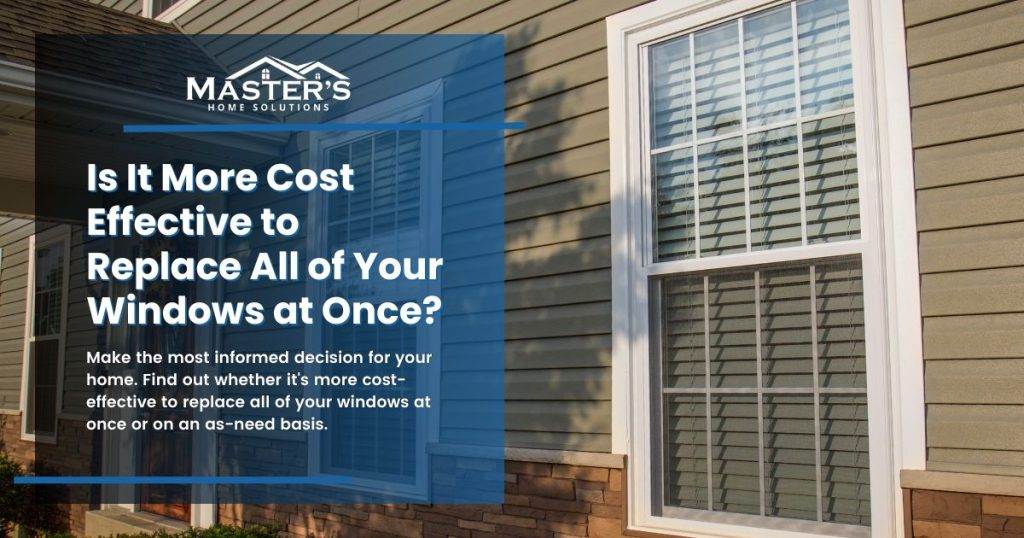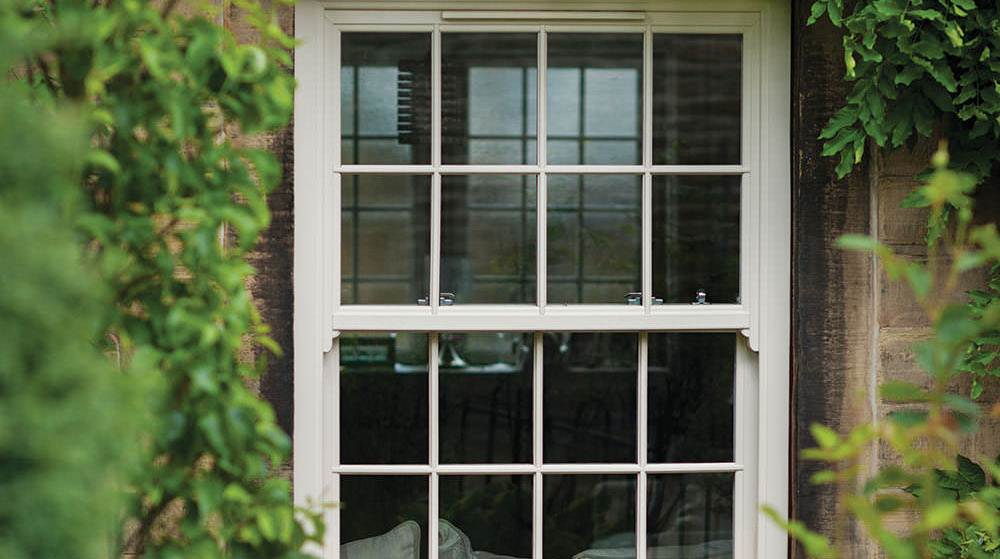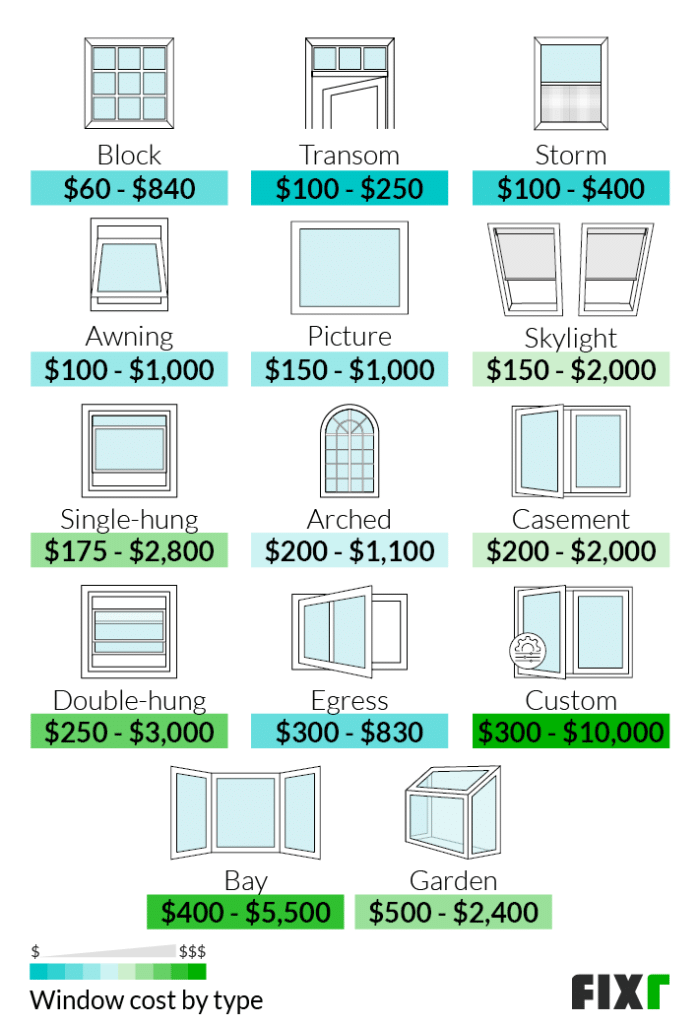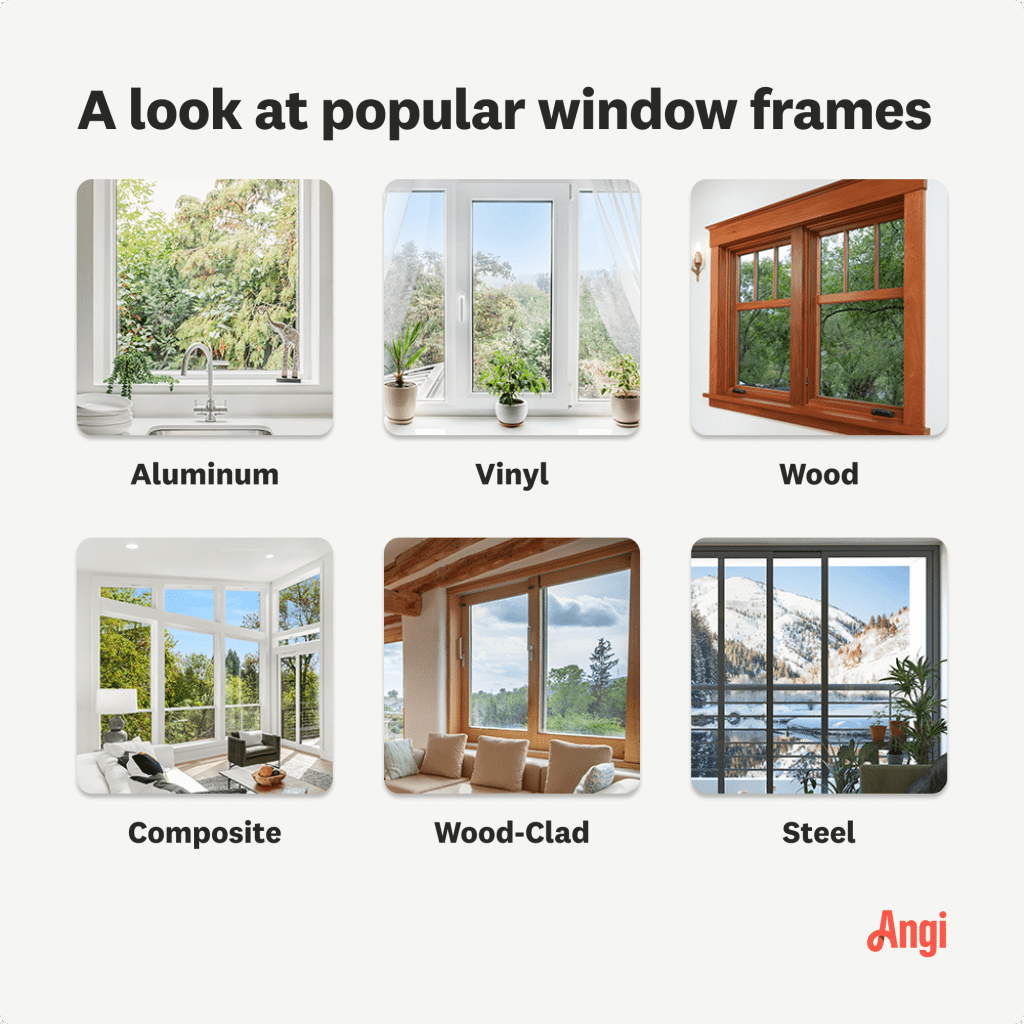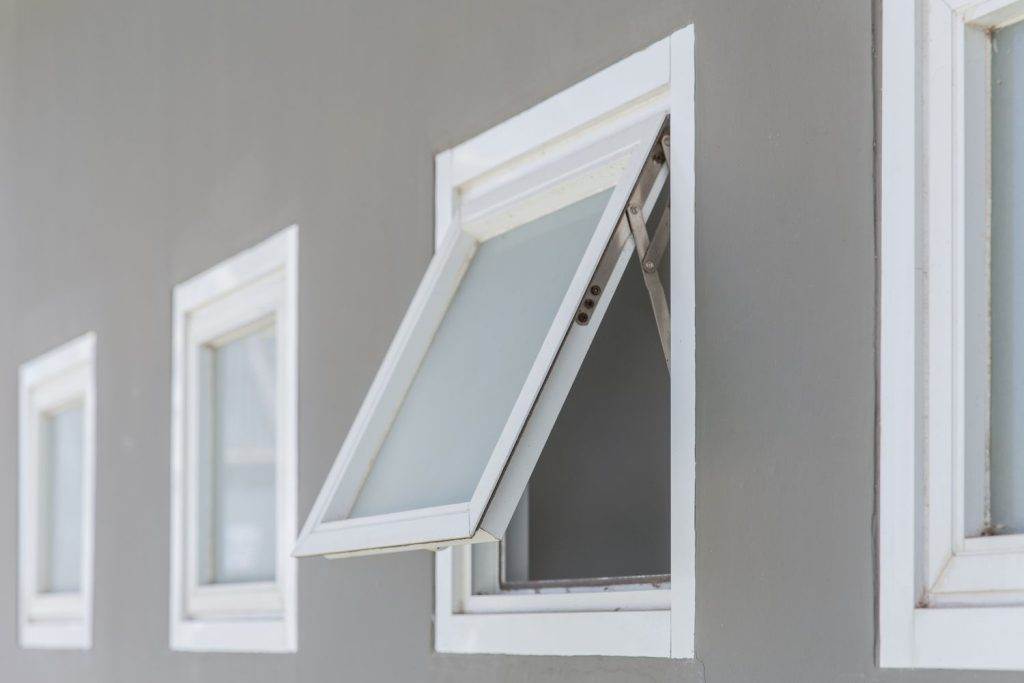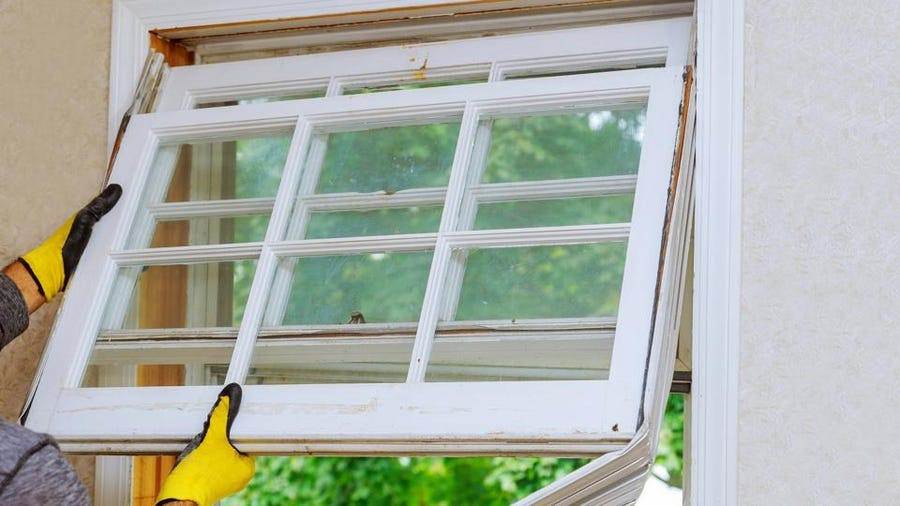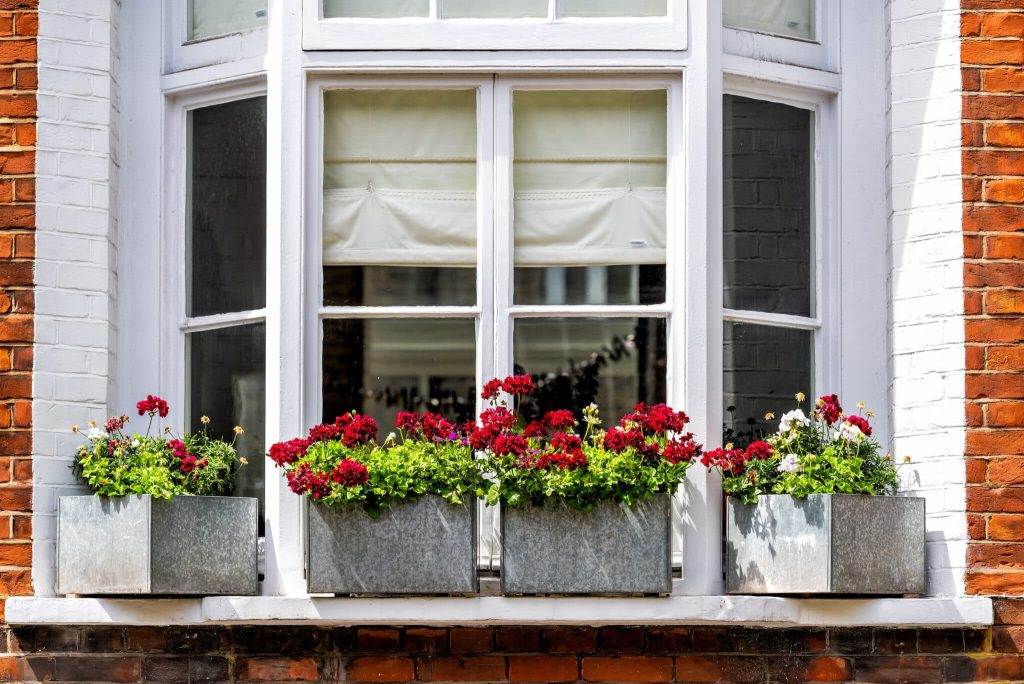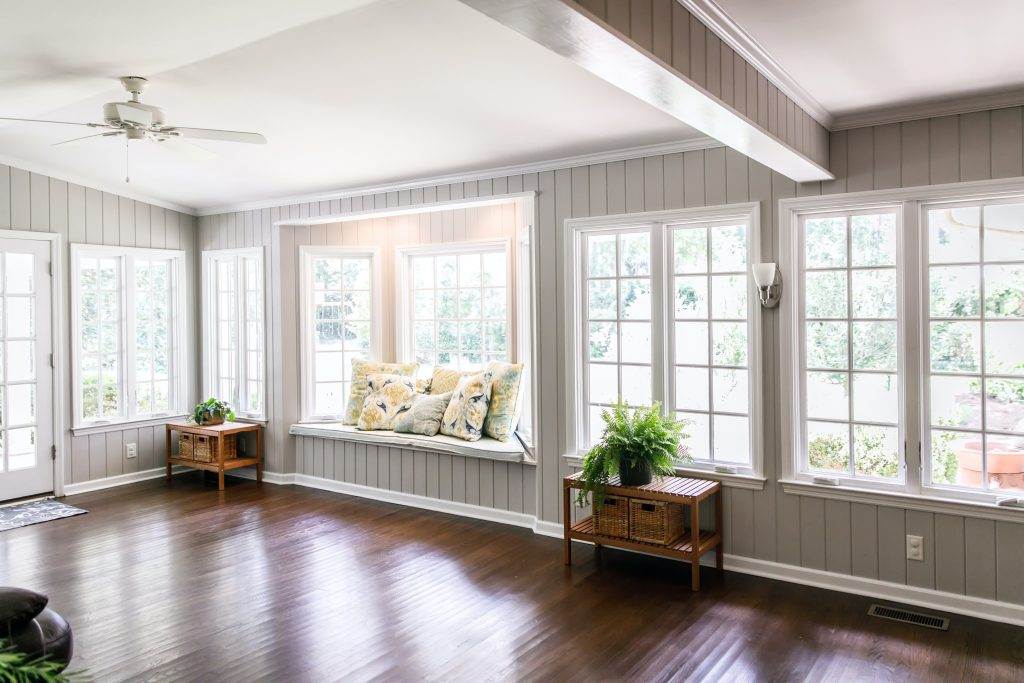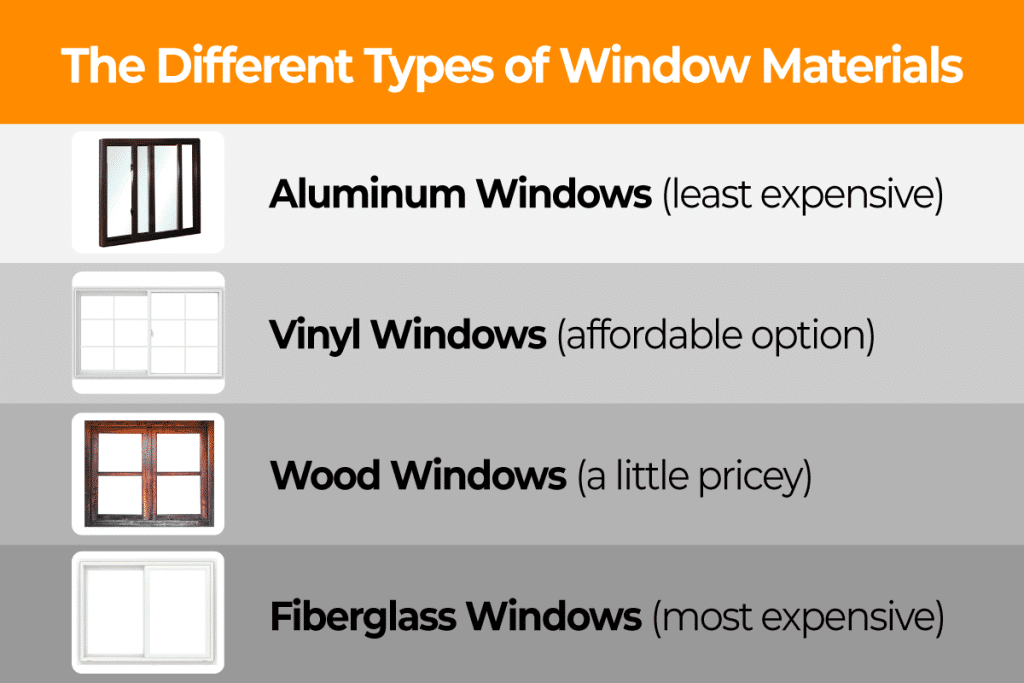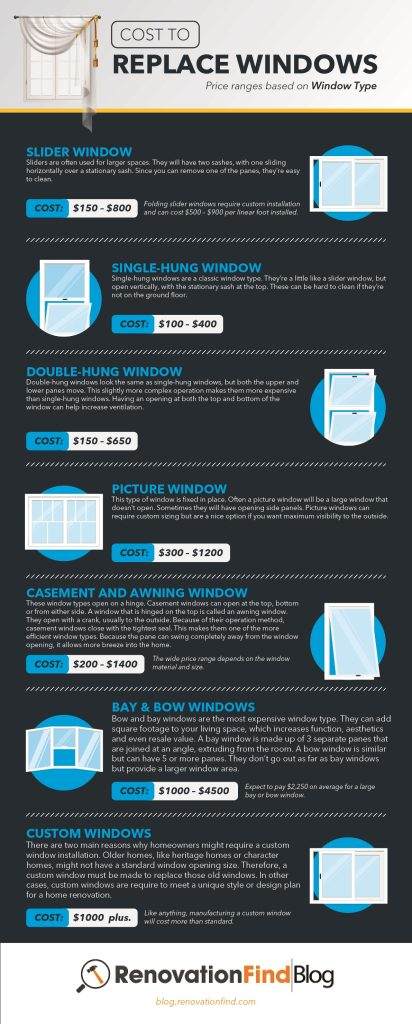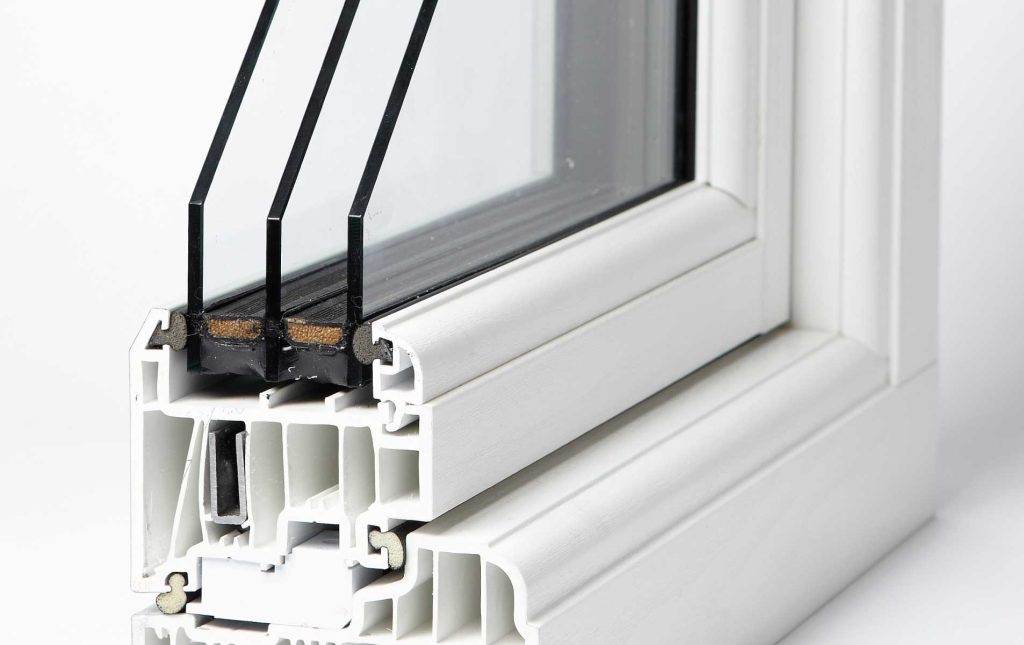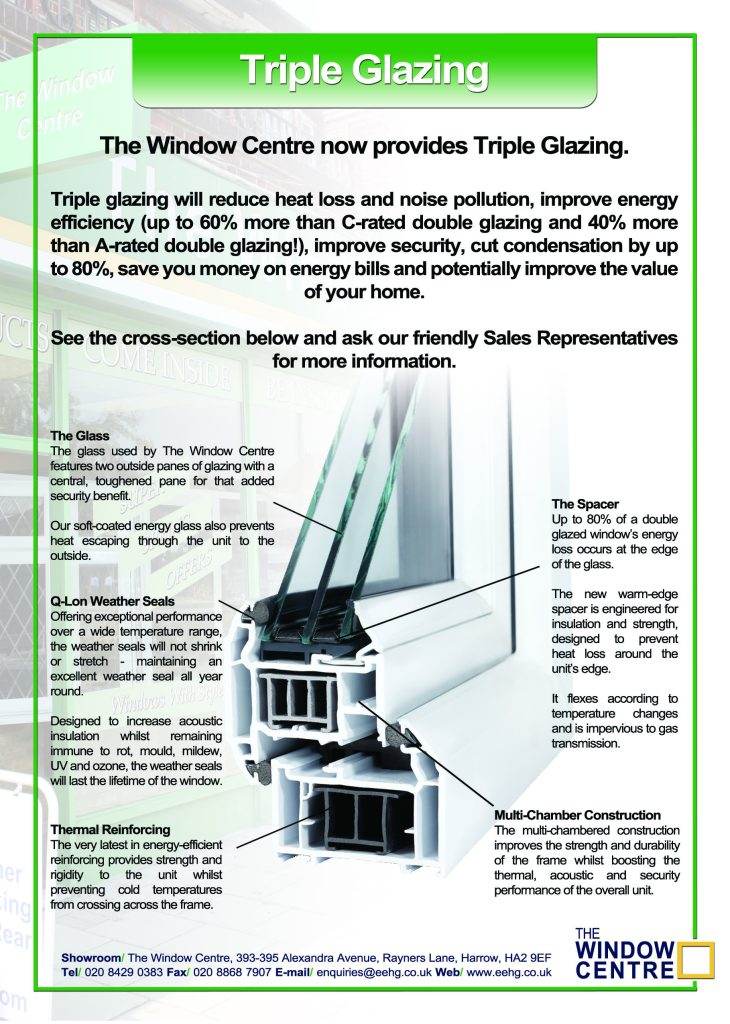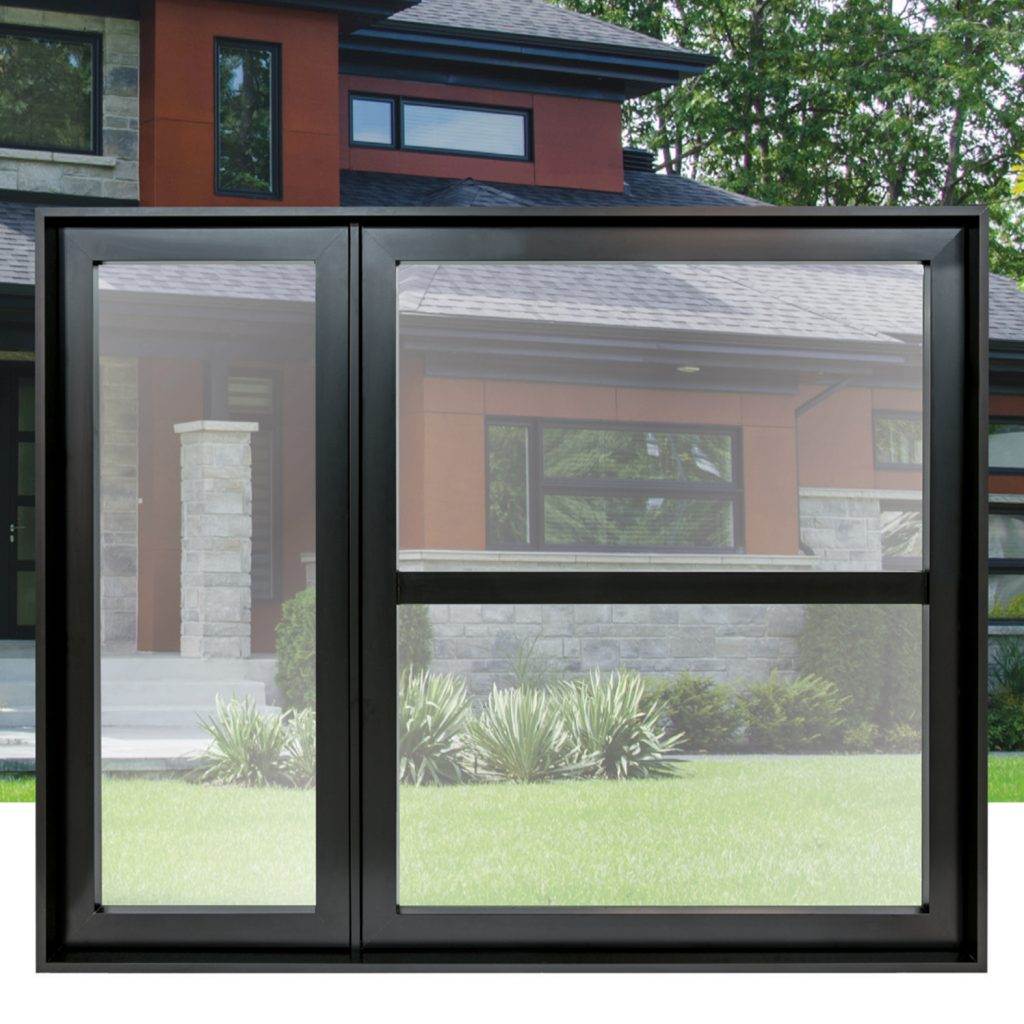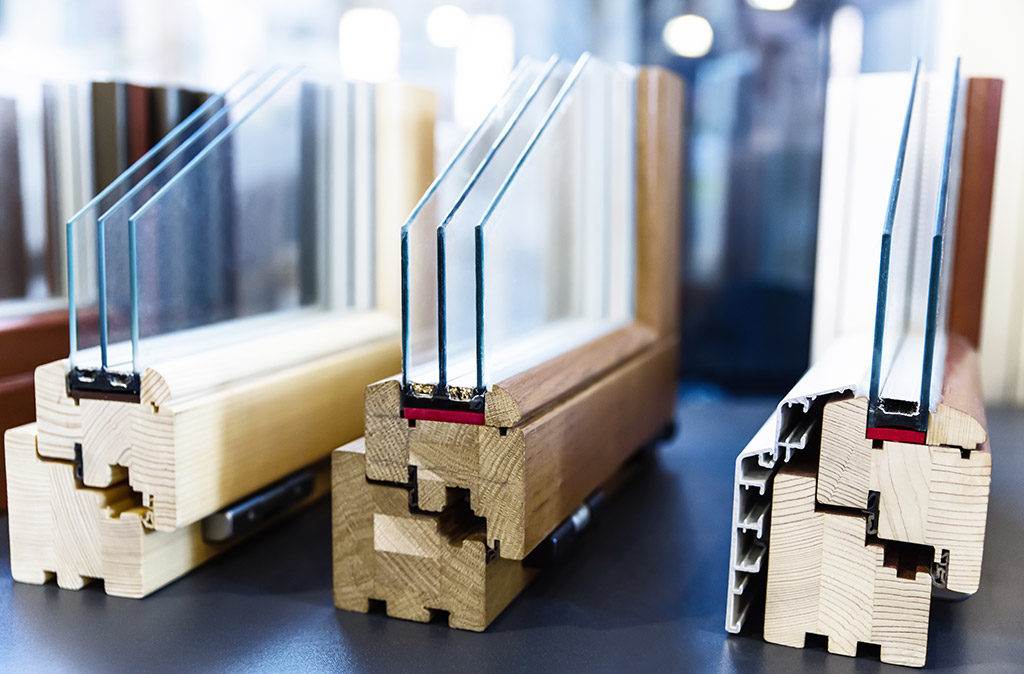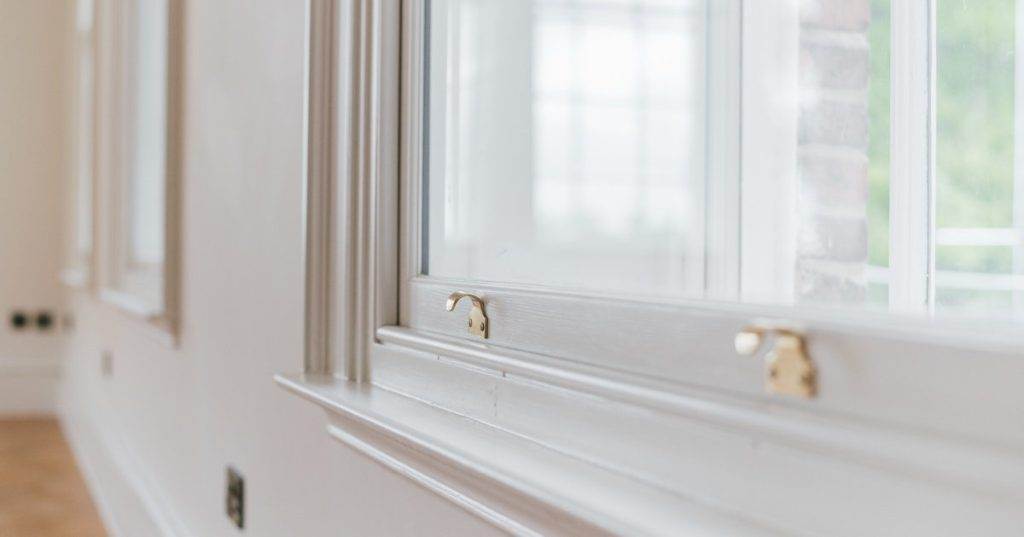Are you looking for effective ways to protect your home from potential break-ins? We’ve got you covered! In this article, we will share some practical tips on how to burglar-proof your windows and safeguard your property. With a few simple yet effective measures, you can significantly enhance the security of your windows and reinforce your home’s defense against intruders. So, let’s get started and ensure your peace of mind!
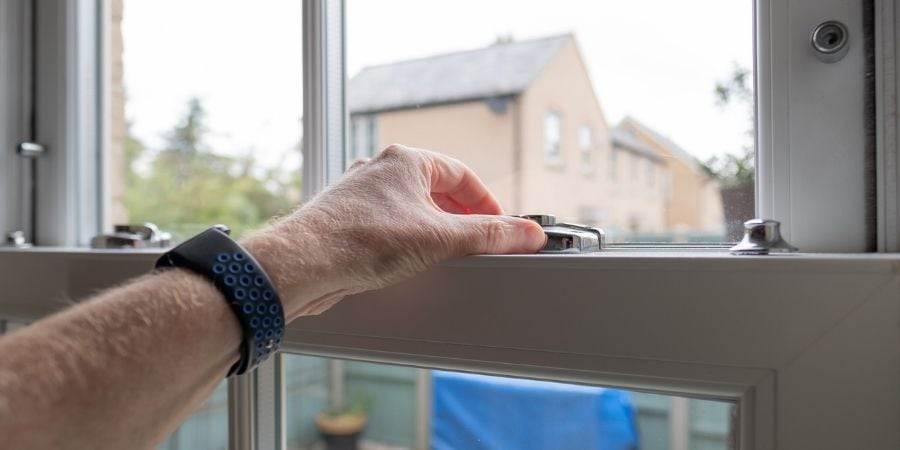
This image is property of www.adt.com.
Reinforce the Glass
When it comes to burglar-proofing your windows, reinforcing the glass is one of the most crucial steps you can take. By making your windows more resistant to break-ins, you can significantly deter potential burglars. There are several methods you can employ to reinforce the glass of your windows.
Install Window Security Film
Window security film is a popular choice for enhancing the strength of your windows. This film is typically made of a thick, shatter-resistant material that adheres to the glass. Not only does window security film make it more difficult for burglars to break the glass, but it also helps to prevent shards from scattering in case of a break-in or accident.
When selecting window security film, it’s crucial to choose a high-quality product. Look for films that are specifically designed for security purposes and have undergone rigorous testing to ensure their effectiveness. Additionally, follow proper installation techniques to ensure the film adheres securely to the glass and provides optimal protection.
Use Laminated Glass
Another effective method for reinforcing glass is by using laminated glass. Laminated glass consists of two layers of glass bonded together with a layer of plastic in between. This construction makes the glass highly resistant to breakage, even when significant force is applied.
To install laminated glass, you’ll need to replace your existing windows with new ones specifically designed to accommodate this type of glass. While this may require a bit more investment, the enhanced security and peace of mind it provides can be well worth it.
Apply Window Security Bars
Window security bars are an excellent option for reinforcing your glass and preventing break-ins. These bars can be installed on the interior or exterior of your windows and act as a physical barrier that makes it nearly impossible for intruders to gain entry.
Before installing window security bars, it’s essential to determine the appropriate bar style for your specific needs. Consider factors such as aesthetics, ease of installation, and level of security provided. Once you’ve chosen the right bars, ensure they are properly installed to maximize their effectiveness.
Strengthen the Window Frames
While reinforcing the glass is important, it’s equally crucial to strengthen the window frames. Weak or damaged frames can provide easy access for burglars, making it essential to take steps to enhance their resistance to break-ins.
Upgrade to Impact-resistant Frames
One effective way to strengthen window frames is by upgrading to impact-resistant frames. These frames are specifically designed to withstand significant force, making them highly effective at preventing break-ins. Impact-resistant frames are often made of materials such as fiberglass or reinforced vinyl, which are known for their durability and strength.
When considering impact-resistant frames, it’s essential to choose a reputable manufacturer and ensure proper installation. By investing in high-quality frames and professional installation, you can significantly enhance the security of your windows.
Add Reinforcing Metal Bars
Adding reinforcing metal bars to your window frames is another effective method for increasing their strength. These bars are typically made of steel or another sturdy metal and are installed either vertically or horizontally across the window frame.
Reinforcing metal bars act as a barrier that prevents burglars from prying open or forcing their way through the windows. When installing these bars, it’s important to ensure they are securely fastened to both the frame and the surrounding structure to maximize their effectiveness.
Install Window Security Screens
Window security screens are a great option for reinforcing both the glass and the frames of your windows. These screens are made of durable materials such as stainless steel or aluminum and are designed to prevent intrusion attempts.
There are various types of window security screens available, each with its own level of strength and security features. When choosing window security screens, consider factors such as the mesh density and strength, as well as the installation process. For optimal results, it’s advisable to seek professional installation to ensure that the screens are properly fitted and provide maximum protection.
Enhance Window Locks
In addition to reinforcing the glass and frames, enhancing the locks on your windows is vital for preventing break-ins. Weak or outdated locks can easily be bypassed by determined burglars, so it’s crucial to invest in secure locking mechanisms.
Install Keyed Window Locks
Installing keyed window locks is an effective way to boost the security of your windows. These locks require a key to open or close, adding an extra layer of protection against unauthorized entry. Keyed window locks come in various styles, including sash locks, casement locks, and window pin locks.
When selecting keyed window locks, choose high-quality products that are known for their strength and durability. Additionally, consider factors such as ease of use and compatibility with your window type. Professional installation may be necessary to ensure that the locks are correctly fitted and functioning correctly.
Add Window Pin Locks
Window pin locks are another option for enhancing the security of your windows. These locks consist of pins that can be inserted into pre-drilled holes in the window frame, effectively securing the window in a closed position. Window pin locks are easy to install and provide an additional layer of security, making it difficult for burglars to pry the window open.
When using window pin locks, it’s important to ensure that the holes are properly aligned with the lock pins and that the pins are securely inserted. Regularly check the condition of the lock pins and replace them if they become damaged or worn.
Utilize Window Security Pins
Window security pins are a simple yet effective means of improving window security. These pins are inserted into the frame and prevent the window from being opened from the outside. Window security pins are typically made of strong metal and can withstand considerable force.
To utilize window security pins, drill holes into the window frame and insert the pins, ensuring they fit securely and prevent the window from being opened. Regularly inspect the pins and replace them if they show signs of wear or damage.
Install Window Alarms
Window alarms are an excellent addition to your overall window security strategy. These devices provide an audible alert when the window is tampered with or breached, acting as a deterrent to potential burglars and alerting you to a potential break-in.
Choose Wireless Window Alarms
Wireless window alarms are a convenient option for enhancing the security of your windows. These alarms use wireless technology to communicate with a central control panel or your smartphone, allowing you to monitor and control the system remotely. Wireless window alarms can be easily installed without the need for extensive wiring or professional assistance.
When choosing wireless window alarms, consider factors such as the range, battery life, and connectivity options. Opt for a system that offers reliable and secure wireless communication for peace of mind.
Opt for Magnetic Contact Alarms
Magnetic contact alarms are another commonly used type of window alarm. These alarms consist of a magnetic sensor installed on the window frame and a corresponding magnetic switch on the window itself. When the window is opened or tampered with, the magnetic connection is broken, triggering the alarm.
Magnetic contact alarms are relatively easy to install and can be an effective deterrent against break-ins. When installing these alarms, ensure that the magnetic sensor and switch are properly aligned and securely fastened to maximize their effectiveness.
Use Glass Break Sensors
Glass break sensors are an advanced type of window alarm that detects the sound frequency of breaking glass. When the sensor detects the characteristic frequency, it triggers the alarm, alerting you and potentially deterring the burglar.
Glass break sensors can be installed in close proximity to the windows and are effective at detecting break-ins even if the window is not actually opened. When choosing glass break sensors, opt for models with adjustable sensitivity to reduce false alarms and ensure optimal performance.

This image is property of www.windowfilmdepot.com.
Implement Window Security Film
Window security film is a versatile option for enhancing the security of your windows. In addition to reinforcing the glass, security film can provide other benefits such as privacy and energy efficiency.
Select High-quality Security Film
When choosing window security film, it’s essential to select a high-quality product that provides the desired level of security. Look for films that have undergone rigorous testing and are specifically designed for security purposes. These films are typically thicker and more resistant to breakage than standard window films.
Consider factors such as the film’s strength, ability to resist tampering or penetration, and its impact resistance. Some security films also offer additional benefits such as UV protection and energy efficiency, so take these factors into account when making your selection.
Follow Proper Installation Techniques
Proper installation is crucial to ensure the effectiveness of window security film. Improper installation can result in weak spots or poor adhesion, compromising the film’s ability to reinforce the glass.
Before applying the film, thoroughly clean the glass to remove any dirt, dust, or residue. Measure and cut the film to fit the window accurately, leaving a small margin for adjustments. Use a solution of water and soap or a specially formulated adhesive to apply the film to the glass, ensuring there are no bubbles or creases.
Consider Decorative Window Films
If you’re looking to enhance both the security and aesthetics of your windows, decorative window films can be a great option. These films come in a variety of patterns, designs, and textures, allowing you to choose a style that complements your home’s decor while also providing an extra layer of security.
Decorative window films can be applied on top of window security film to enhance its appearance or used on their own for privacy purposes. When selecting decorative window films, look for products that are durable and resistant to peeling or fading.
Use Window Security Bars
Window security bars are a tried and true method of preventing break-ins and ensuring the safety of your home. These bars act as a physical barrier that makes it extremely difficult for burglars to gain access through the windows.
Determine the Appropriate Bar Style
When considering window security bars, it’s important to determine the appropriate bar style for your specific needs. There are various styles available, including fixed bars, hinged bars, and removable bars. Each style offers its own advantages and limitations, so consider factors such as aesthetics, ease of use, and level of security provided.
Fixed bars are permanently attached to the window frame and provide a high level of security. Hinged bars can be opened or closed, allowing for emergency exit if necessary. Removable bars can be installed or removed as needed, providing flexibility and convenience.
Ensure Proper Installation
Proper installation is essential to ensure the effectiveness of window security bars. The bars should be securely fastened to both the window frame and the surrounding structure. It’s important to use high-quality materials and hardware to ensure the bars can withstand significant force.
When installing window security bars, follow the manufacturer’s instructions and ensure that the bars are correctly fitted to the window frame. Regularly inspect the bars for any signs of wear or damage and make any necessary repairs or replacements.
Consider Interior or Exterior Bars
When installing window security bars, you have the option of placing them on the interior or exterior of the windows. Each placement has its own advantages and may be more suitable depending on your specific circumstances.
Interior bars are often preferred from an aesthetic standpoint as they are less noticeable from the outside. They can also provide additional protection against shattering glass in case of severe weather or accidents. However, interior bars can potentially impede emergency exit, so it’s important to ensure there are alternative escape routes available.
Exterior bars, on the other hand, provide a visible deterrent to potential burglars. They also offer a higher level of protection, as they prevent access to the window altogether. However, exterior bars may require additional maintenance due to exposure to the elements, such as regular cleaning to prevent rust or corrosion.
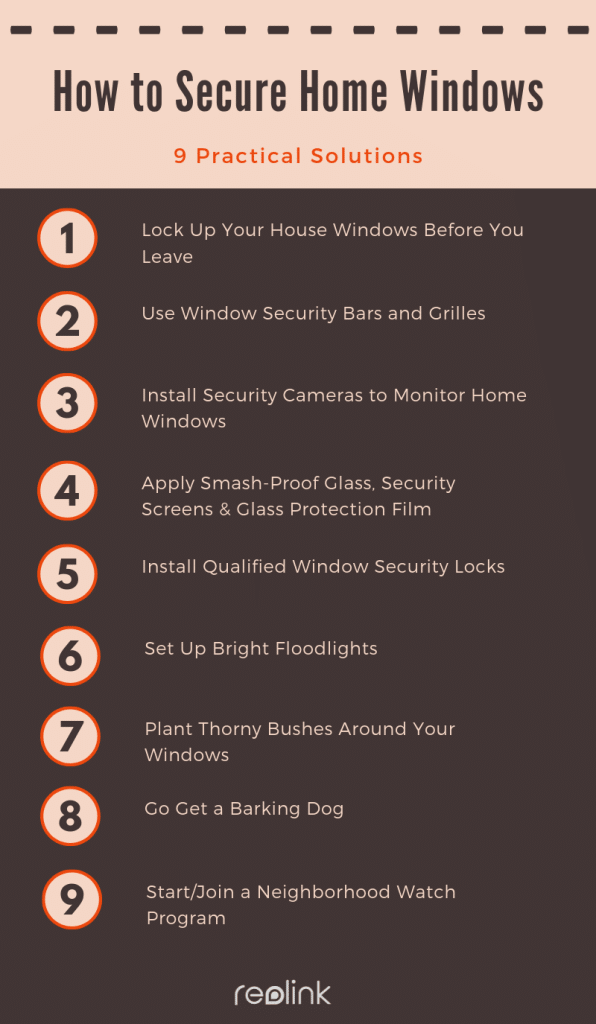
This image is property of home-cdn.reolink.us.
Consider Window Security Shutters
Window security shutters are an excellent option for both enhancing the security of your windows and adding an additional layer of insulation and privacy. These shutters are designed to be sturdy, durable, and highly resistant to break-ins.
Explore Different Shutter Materials
When considering window security shutters, it’s important to explore different shutter materials to determine the most suitable option for your needs. Common materials used for security shutters include aluminum, steel, and reinforced vinyl.
Aluminum shutters are lightweight yet strong, making them a popular choice for security purposes. Steel shutters offer the highest level of security but can be heavier and more expensive. Reinforced vinyl shutters are durable and low-maintenance, providing a good balance between security and affordability.
Opt for Manual or Motorized Shutters
Window security shutters can be operated manually or motorized, depending on your preference and budget. Manual shutters require physical effort to open and close, while motorized shutters can be controlled electronically or through a remote control.
Motorized shutters offer convenience and ease of use, as they can be operated with the push of a button. They also provide an added layer of security by allowing you to close and lock the shutters from inside your home. However, motorized shutters may require professional installation and regular maintenance to ensure smooth operation.
Evaluate Design and Aesthetic Aspects
In addition to security and functionality, it’s important to evaluate the design and aesthetic aspects of window security shutters. Choose a design that complements the overall look of your home and consider options such as color, slat size, and texture.
Some window security shutters offer customization options, allowing you to select specific features that suit your preferences. It’s also advisable to seek professional guidance to ensure that the shutters are properly fitted and installed, maximizing their security and aesthetic benefits.
Employ Window Security Screens
Window security screens provide an effective means of protecting your windows and enhancing the security of your home. These screens are designed to withstand considerable force, making it extremely difficult for burglars to access your property.
Choose Between Stainless Steel or Aluminum Screens
When considering window security screens, you’ll need to choose between stainless steel or aluminum screens. Both materials offer excellent durability and strength, but each has its own unique characteristics.
Stainless steel screens are highly resistant to rust and corrosion, making them ideal for areas with high moisture or harsh weather conditions. They provide maximum security and are difficult to cut or penetrate. Aluminum screens are lightweight, low-maintenance, and available in a variety of colors. They offer an excellent combination of affordability and security.
Examine Mesh Density and Strength
When selecting window security screens, it’s important to examine the mesh density and strength. The mesh density refers to the number of wires per inch, with higher density providing greater security. Additionally, consider the thickness and gauge of the wires, as thicker wires offer increased strength and resistance to tampering.
It’s advisable to choose window security screens that meet or exceed industry standards for strength and security. Look for screens that have undergone rigorous testing and certification to ensure that they provide the desired level of protection.
Seek Professional Installation
To ensure optimal security and performance, it’s recommended to seek professional installation for window security screens. Professional installers have the necessary expertise and equipment to correctly measure, fit, and install the screens, maximizing their effectiveness.
Professional installation also ensures proper alignment and secure fastening, reducing the risk of tampering or damage. Additionally, installers can provide advice on maintenance and care to ensure that your window security screens remain in optimal condition.

This image is property of campbellwindowfilm.com.
Utilize Window Locking Devices
Window locking devices are a simple yet effective means of enhancing the security of your windows. These devices provide an additional layer of protection by preventing the windows from being opened or tampered with.
Original Window Locks
Most windows come equipped with original window locks, but these locks may not always provide the level of security you desire. In some cases, the original locks may be outdated, easily compromised, or require maintenance.
To ensure the effectiveness of the original window locks, regularly inspect them for any signs of wear or damage. Lubricate the locks as needed and make any necessary repairs or replacements. If you find that the original locks do not meet your security needs, consider adding supplementary locking devices.
Window Locking Bars
Window locking bars are a simple and affordable option for reinforcing the security of your windows. These bars can be easily installed by sliding them into the window track or attaching them to the window frame.
Window locking bars prevent the window from being opened, even if the original lock is compromised. They provide a visible deterrent to potential burglars and can be adjusted to fit different window sizes. When using window locking bars, ensure they are securely installed and cannot be easily dislodged.
Window Wedges or Blocks
Window wedges or blocks are another option for locking your windows securely. These devices are typically made of durable materials such as rubber or plastic and are designed to wedge tightly between the window frame and sash.
Window wedges or blocks effectively prevent the window from being opened from the outside. They can be easily adjusted to provide a secure fit and removed when you need to open the window. It’s important to choose wedges or blocks that are sturdy and provide a tight fit to ensure optimal security.
Maintain Visibility and Lighting
While reinforcing the physical aspects of your windows is essential for preventing break-ins, it’s equally important to maintain visibility and adequate lighting around your property. By doing so, you can deter potential burglars and ensure the overall security of your home.
Trim Back Landscaping Obstructions
Overgrown bushes, trees, or other landscaping features can provide cover for potential burglars and obscure the visibility of your windows. Regularly trim back any vegetation or obstructions near your windows to ensure clear sightlines from both inside and outside your home.
Consider planting thorny shrubs or installing gravel or stone pathways near the windows to further discourage trespassers. Maintaining a well-groomed and visible exterior will make your home less appealing to burglars.
Install Motion Sensor Lighting
Motion sensor lighting is an effective way to deter potential intruders and enhance the security around your windows. These lights are triggered by movement, flooding the area with bright light and alerting you to any suspicious activity.
Install motion sensor lights near your windows to provide illumination when someone approaches. Not only does this increase the visibility of your property, but it also acts as a deterrent, as burglars are less likely to target well-lit areas. Ensure that the lights are properly positioned and calibrated to minimize false alarms while maximizing their effectiveness.
Utilize Timers or Smart Lighting
If you’re concerned about leaving your windows unlit when you’re away from home, consider utilizing timers or smart lighting. Timers can be set to turn on your lights at specific times, creating the illusion that your home is occupied even when it’s not.
Smart lighting systems allow you to control your lights remotely using your smartphone or a central control panel. You can program the lights to turn on or off at specific times or control them manually from anywhere in the world. This not only enhances the security of your windows but also provides added convenience and energy efficiency.
By implementing these measures and following the recommended steps, you can effectively burglar-proof your windows and prevent break-ins. Remember, no security measure is foolproof, but by combining multiple strategies and maintaining vigilance, you can significantly enhance the safety and security of your home. Stay proactive, be aware of your surroundings, and invest in reliable security solutions to protect your windows and your peace of mind.
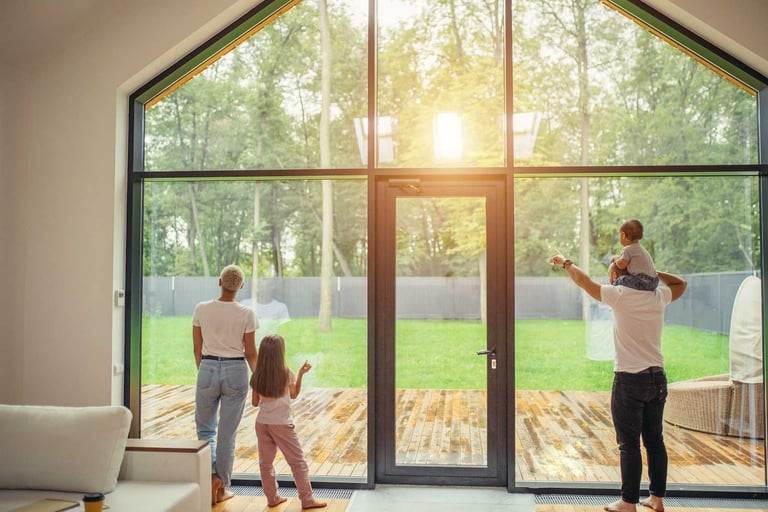
This image is property of blog.solarart.com.

